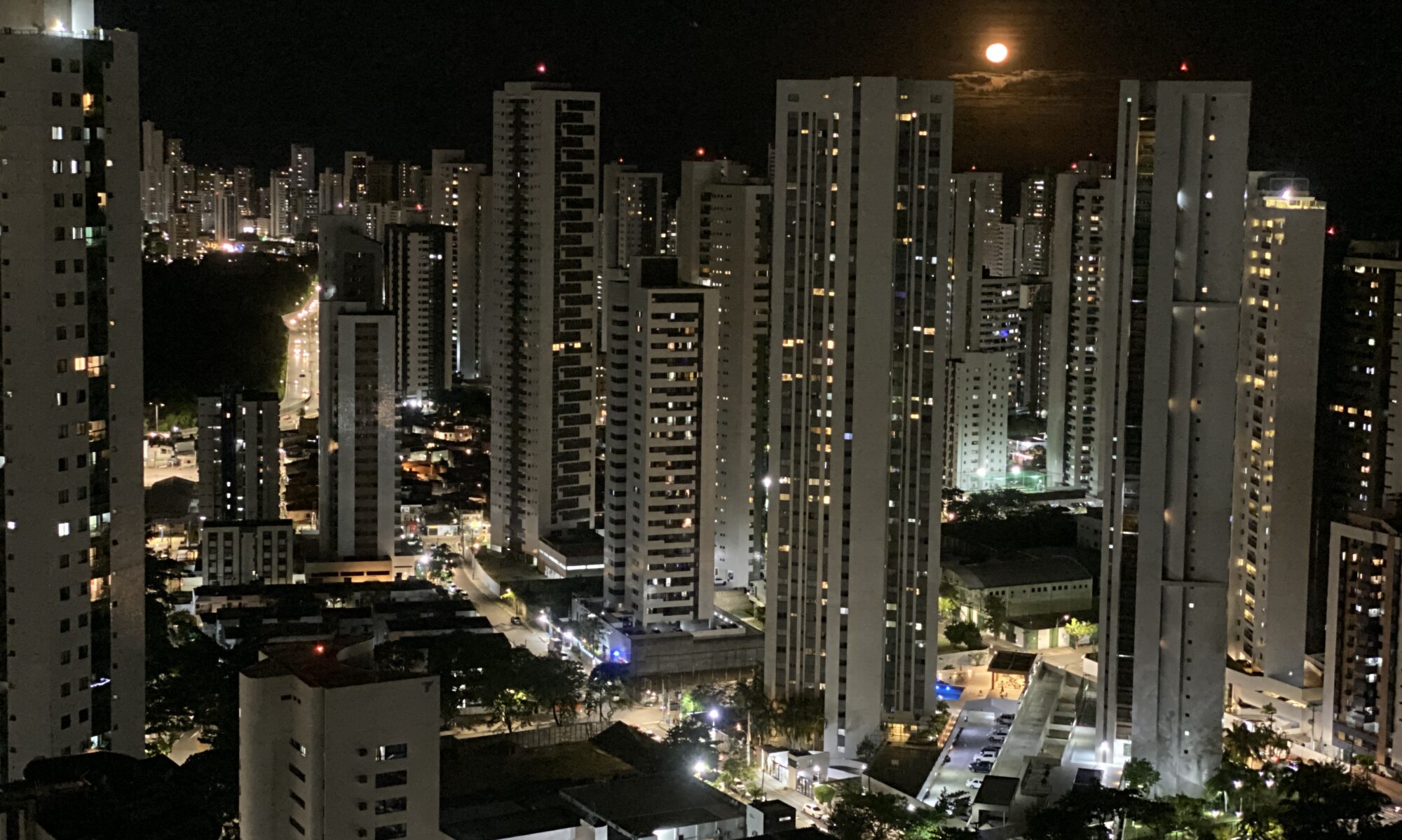Despite the major expulsion of the native community that occurred during the period of settlement, Roraima is one of the Brazilian states that still has the largest Indian population in the country, with particular reference to the Yanomamis. Because of that unusual situation and the richness of its soil which contains large mineral deposits – gold, diamonds, cassiterite, bauxite, copper, sand, clay and granite – Roraima has been the setting for constant conflict between the native population and prospectors.
The mineral wealth of this state at the northern tip of Brazil has been the source of so much greed, that at the end of the 1980s, around 600 light aircraft were landing and taking off daily on its territory. This transformed the international airport of the capital, Boa Vista – prior to that time handling just four scheduled flights a day – into one of the busiest in the world. The frequent conflicts have demanded increased efforts by the central government to control the situation by means of the National Indian Foundation (Funai) and the Federal Police. The situation has been improving thanks to measures such as those taken by the Federal Government in the early nineties which decreed that at least 42% of the state’s territory should form a reservation for around 30,000 remaining Indians – slightly more than 10% of the population – from the tribes of the Macuxis, Jaricunas, Uapixana, Angaricó Macu, Manhongon and Jauaperi.
Roraima has preserved 33 native villages which, until early in the 1980s, were under threat of extinction from diseases contracted by the Indians in their frequent contacts with the white population. That situation has been reversed and in recent years there has been a positive demographic curve, leading the indigenous population to recover its growth.
Beginning in the 16th century, the territory and its rich reserves became the subject of dispute by the Spanish, Portuguese, Dutch and English. Conflicts between the powers over the possession of Roraima continued until the beginning of the 20th century, when the issue was decided with the incorporation of part of the land by British Guiana. In 1943, with an area sectioned off from the state of Amazonas, the Federal Government created the territory of Rio Branco which became known as Roraima in 1962. It became a state of the same name by a decree of the National Constituent Assembly in 1988.
Situated on the border with Venezuela and Guyana (formerly British), Roraima has a rich network of waterways in the Amazon basin with rivers such as the Branco, Uraricoeira, Catrimani, Alalaú and Tacutu. On the River Uraricoeira is Maracá Island, a nature reserve covering 92,000 hectares with fauna such as heron, wolves and buffalo. Its main beach, the Boca do Inferno (“Mouth of Hell”) consists of dark sand and can only be reached by crossing over a natural crevice, Igarapé do Inferno, which divides the island into two separate parts. At the confluence of the Rivers Tacuto and Uraricoeira, 40 km from the capital, are the surviving ruins of the Fort of São Joaquim, built in the 18th century. This historic landmark may be reached either by boat in a crossing that lasts one hour, or by road. Close to the border with Guyana is Lake Caracarana, with its banks covered by cashew-trees making it an area that is most attractive although difficult to reach.
Despite the fact that activities connected with mineral and vegetable extraction form the state’s basic source of resources, the economy of Roraima is also geared to the production of maize, rice and cassava and cattle and pig-rearing. One third of its territory is covered by the Amazon Forest. In the south is fertile arable land. With almost all its territory situated north of the Equator, Roraima occupies a strategic position for Brazilian trade exchanges with Venezuela, Guyana and the Caribbean.
Roraima occupies just 2.7% of the Brazilian territory yet its area of 225 km2 is equal to that of Great Britain. The state includes the Monte Roraima National Park from which rises up one of Brazil’s highest mountains, Monte Roraima, 2,727 metres high

